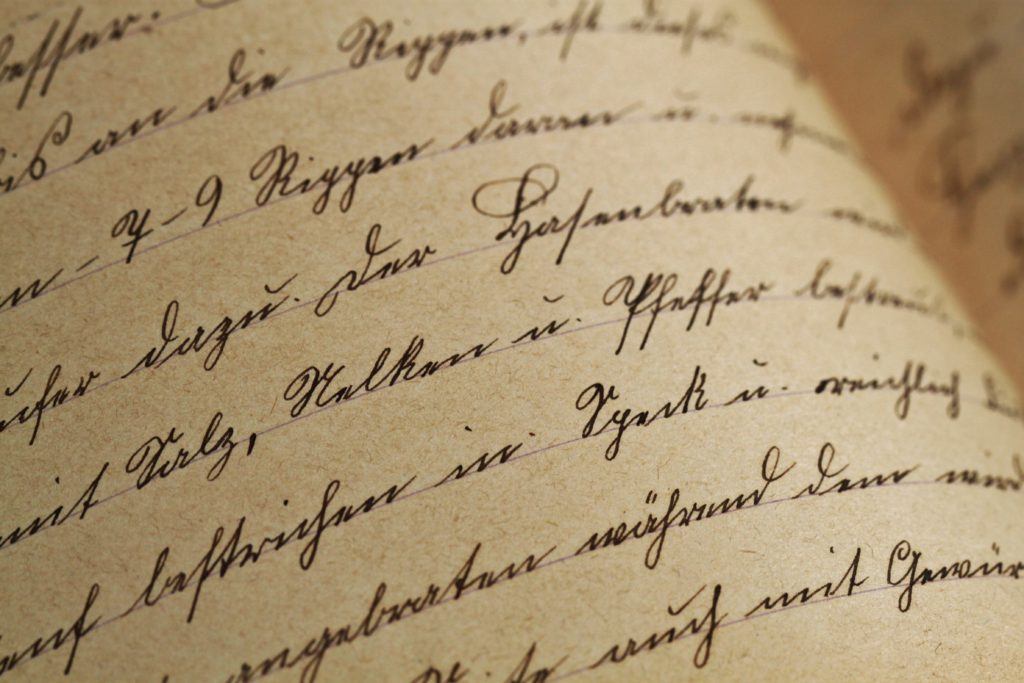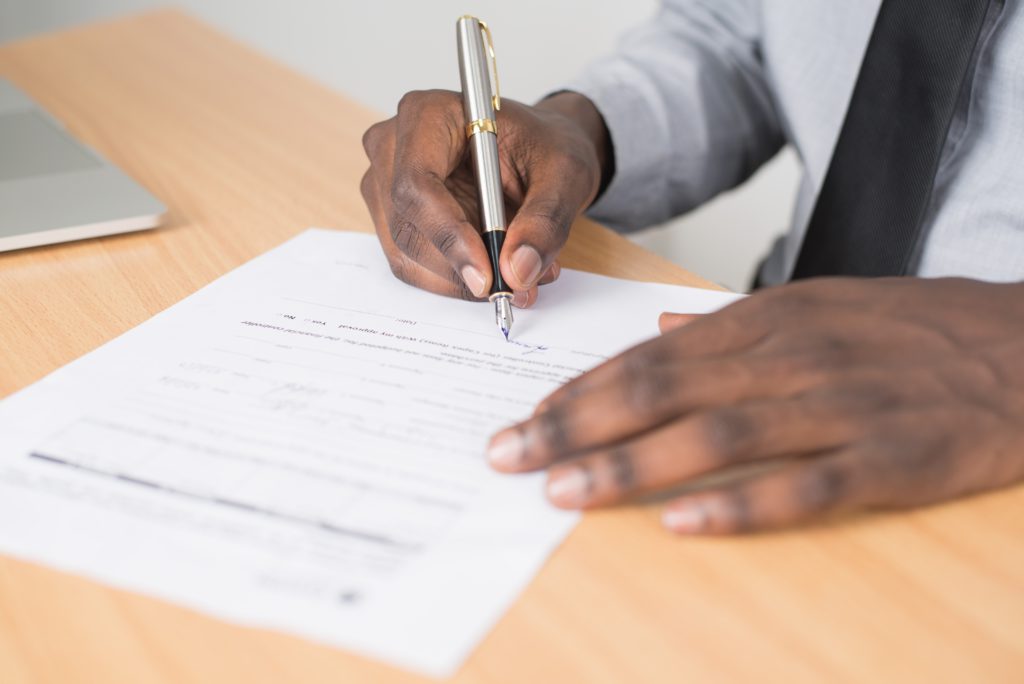A paragraph is a piece of writing that communicates a particular topic or theme. In a literal sense, a paragraph is a group of sentences on a specific topic. It is a basic form of writing as we write almost everything in segments, be it an answer, essay, story, email, etc.
Mugafi Ved – AI Storywriting tool
A well-structured paragraph is the core of good writing. It should not consist of mixed ideas that might confuse the reader. While writing a paragraph, the writer should be crystal clear about the content. If they want to convey a different idea, then the paragraph must be changed.
The purpose of a paragraph is to inform, explain something, tell a story, and convince someone that our idea is right.
Mugafi Ved – AI copilot for writers

Paragraph writing format: How to compose a paragraph?
A paragraph has three major parts:
- Topic sentence (The key sentence)
- Supporting sentences (sentences supporting the key sentence)
- Concluding sentence (summarizing the essence of a paragraph)
Topic sentence
A topic sentence is a statement that reflects the main idea or theme of the paragraph. It should be precisely stated as it will convey to the reader what they will read about or what you are going to talk about.
Words to write the topic statement should be chosen precisely. It depends on the topic statement whether the reader is going to read further or not. It should not be confusing or pointing towards an idea which you wish not to talk about in the paragraph.
For instance, if you mention that you will talk about the advantages of using a mobile phone, then in the supporting sentences, you should only talk about the benefits or advantages, not the features or anything else.
Supporting sentences
Supporting sentences are the next step in paragraph writing. They elaborate on the topic sentence. They extend the main topic and develop an idea and understanding of the main topic. The explanation includes facts, quotes, examples, etc. This makes it handy for the reader to understand the topic in a better way.
There are two types of supporting sentences. First, the principal supporting sentence, which directly explains the main idea with some new opinions. Second, a minor support sentence that helps the top supporting sentence develop the main idea or a subtext.
The supporting sentences play a significant part in creating a good understanding of the subject matter or writer’s opinion.
Conclusion sentence
It acts as a summary of whatever you talked about the topic through the supporting sentences. An excellent concluding sentence brings a paragraph to a perfect end. It also gives the final view or perspective of the writer and a piece of concluding information about the main topic.
A reasonable conclusion can be paraphrasing the topic again, or it could be concluded with a few main points towards which the writer wants to bring attention.
A concluding sentence should be cleverly written as it will decide on which note the writer wants to end the paragraph and what impression they want to leave.
Here is an example of a Paragraph:

The house in which I found myself was huge and lofty. It was situated at the top of the hill, and the entire forest can be seen through the windows. The windows of the house were long, narrow, and pointed. It consisted of four well-furnished rooms. The entire place was decorated with antiquities. There were mats of animal skin and ancient vessels of copper and silver. You can see the drawing-room just after entering the house with two sofas placed parallel to each other with a wooden table between. The door of the drawing-room leads to a big hall surrounded by four big rooms and a kitchen at the right corner. Staying in that house gave me a feeling of being in one grand ancient structure as of living in ancient times.
- You can easily guess the main idea of the paragraph. It was describing the house.
- There are many supporting sentences that describe the house to make the picture clear in the reader’s mind and providing them further information about how it looked, where it was situated, and what its specifications are.
- The concluding sentence “Staying in that house gave me a feeling of being in one grand ancient structure as of living in ancient times.” summarised how the house looked and what feeling ran through his mind while staying in that.
Good English paragraph writing covers all aspects!
Types of paragraphs
There are four types of paragraphs:
- Descriptive paragraph
- Narrative paragraph
- Persuasive Paragraph
- Explanatory Paragraph
Descriptive paragraph
A description is always a pleasure to those readers who love details and imagine things while reading. It distinctly describes the subject matter so that the person, place, or thing develops in the reader’s mind. A short piece of descriptive writing written creatively can have a significant impact on the reader’s mind.
A descriptive paragraph is a group of multiple sentences to convey a distinct message of a single place, person, thing, or any subject matter. It starts with a descriptive sentence that explicitly states the topic rolled out in the following sentences.
A well-written descriptive paragraph demands the involvement of all five senses of the readers. The use of sight, smell, touch, sound, and taste in artistic language enthralls the reader on many levels. If done well, your piece of descriptive writing will have the possibility to leave a powerful impact on the reader.
A descriptive essay starts with an impactful sentence called the thesis statement. The descriptive paragraph revolves around the thesis statement. It is a unique idea that will be leading when you write a descriptive essay. If the thesis statement can enable the reader to string the main idea, it can be called well written.
The body of the paragraph should be written so that it submerges the reader in the subject of the descriptive paragraph. For example, if the subject matter is a place, then the body of the paragraph must describe the place from every aspect.
The description should make the picture of the place crystal clear in the reader’s mind. If the subject is a person, then describe their height, weight, skin texture, eyes, hair, and every little detail about the person. For a thing, depict its colour, shape, or weight.
There are many ways to get the reader into the world you create in a few sentences. Pen down the five senses on a piece of paper. Brainstorm under each subject and think about the words that can awake those senses.
Types of descriptive paragraphs
There are mainly two types of descriptive paragraphs:
Objective description: It typically relies on neutral words that do not stimulate strong emotions in the reader.
Subjective description:It reels the reader into the subject by invoking emotions through clear, concise writing with vivid descriptions.
Things to keep in mind while writing a descriptive paragraph:
If you are describing a person, then keep the following things in mind
- Start your paragraph with a general sentence that brings the person in the picture.
- Focus on the most prominent part of their appearance first.
- Give details about the physical features and their personality.
- Fill in any definitive information to give a general picture.
- Use metaphorical language and vital attributes throughout your paragraph.
- Summarise the paragraph with a resonant description or conclusion.
If you are describing an object, then keep the following things in mind
- Throw light upon the size and general shape of the object.
- Describe its distinct details, like texture, structure, smell, or taste.
- Speak about what it is used for to give a sense of its purpose.
- Summarise by explaining or persuading how the object is significant, depending on your tone.
If you are describing an object, then keep the following things in mind
- Begin by defining the first thing that strikes you about the place you are describing.
- Include minute details to make your description interesting.
- Use surprising, fascinating language to make the site come to life so that the reader can imagine the place.
- Add sensory features to appeal to the senses of the readers.
- Write about how you or your character would react to the place.
If you can invoke the exact feelings you want to convey through your paragraph, it can be called good descriptive writing. It should contain all the details to appeal to all the senses of the reader. The reader must feel that they are there in it and can feel every part of it.
‘Write with all five senses’ is a great starting point for working on description, but how familiar are you with each sense? Sight, sound, smell, touch, and taste are five simple details that help make your fictional world come to life. Each sense is a powerful tool in its way.

Narrative Paragraph
When one says ‘narrate’, you form a picture in your mind of telling a story. A paragraph that tells the story of an event provides all the relevant details is called a narrative paragraph.
The relevant information includes when and where the event took place and who was included and what happened. The paragraph can describe either an actual event or a fictional one that a writer creates out of their imagination.
Narrative paragraphs always flow in chronological order. They take the readers from the beginning to the end of the event. Transitional words are used to give the reader a clue about how the events progressed. Narrative paragraphs usually communicate some moral or ideal so that readers come away feeling that they have learned a lesson.
Whenever the writer is telling a story, then they use a narrative paragraph. It will include events, actions, and details about how the event or the story progresses. These paragraphs help keep the reader occupied in the story.
Well, you might wonder that narrative paragraphs are similar to descriptive paragraphs. A narrative paragraph can be inclusive of a descriptive paragraph. As the writer attaches every detail about the actions taking place, it more or less seems like a descriptive paragraph.
A paragraph may be both descriptive and narrative at once. The former tends to offer the reader more information, such as past events that led up to the main event. No wonder if you are a fiction writer, you need to develop the skill of writing exceptional narrative paragraphs to grip readers’ attention.
Eight things to keep in mind while writing a narrative paragraph
- Tell your narrative from the first or third-person perspective.
- Create an engaging topic sentence.
- Use a consistent tense.
- Set the scene of the story.
- Present the story chronologically from its beginning.
- Provide resolution to the story.
- End the paragraph or narrative with a conclusion that reflects on the event.
- After you have written your narrative, proofread it to avoid any spelling and grammar issues.
Persuasive Paragraphs
A persuasive paragraph is one where the writer is giving their own opinions or thought on a particular subject or topic. Through it, the writer persuades the reader to feel or believe a certain way. Persuasive paragraphs include facts and information to back up the writer’s opinion. Whenever you read political speeches, you will feel that they are trying to persuade you and compel you to do things in a specific manner. The main goal is persuasion. It demands the use of compelling words.
Things you need to keep in mind while writing a persuasive paragraph
- Select a topic with two sides that will help you prove your point and take a stance.
- Take a perspective on the topic so you can persuade your reader.
- Support your view with proof such as facts or any other relevant information.
- Create a topic sentence to support your subject and opinion.
- Include examples that support your idea.
- Draft the reasons you will include in the paragraph.
- Provide context for readers to help them concede your stance
- Try to address potential counterarguments in a rebuttal paragraph.
- Summarise the paragraph with a conclusion supporting your viewpoint.
Explanatory Paragraph
An explanatory paragraph gives information on a particular subject to the readers. These paragraphs describe a specific point of view, incident, event, or situation. It may contain directions or might describe a process in a logical order.
Unlike other kinds of paragraphs, it is more about presenting facts, statistics to explain a particular situation. A how-to-do something article is an example of a piece of writing that would use these paragraphs.
Eight things should be kept in mind while writing an explanatory paragraph
- Pick a neutral topic having a balanced point of view.
- Conduct research and gather the requisite information and facts.
- Outline and organise the ideas before writing them.
- Create a strong thesis statement.
- Start with an exciting hook such as a rhetorical question, a startling fact, a quote, or anything that grabs the readers’ attention.
- Validate your arguments with examples and facts to create a strong impression.
- Give a firm conclusion.
- Proofread once you have completed.

Writing a great paragraph. (How to?)
A paragraph is called great when it serves the purpose for which it is written. For instance, if it is a narrative paragraph, it must submerge the reader into the events’ flow. Whether you are writing a long paragraph or a short one, each must follow a format.
A good paragraph is composed of
- A topic sentence (or key sentence).
- The relevant supporting sentences.
- A closing (or transition) sentence.
This structure that we have already discussed before is vital to keep your paragraph centred on the main idea and creating a vivid and concise image. As long as the sentences form cohesive ideas and convey the theme and idea, the paragraph is called well written.
Follow these tips for writing a good paragraph
Think before you write
This is the first step to writing a paragraph. Think about the topic you are going to write about. Thinking before writing helps establish the structure and flow of the paragraph. It helps you frame the key ideas in your mind.
So, when you start writing, you have a mind map in your head. It will help you describe and think about what points should be provided to support your stance.
Choose the main idea
After you have pondered about a lot of things, select the main idea or the theme, and form the topic statement based on it.
It is very important to decide the theme as it will further decide the interest of the reader. Out of all the information you have figured out, decide the main idea of the paragraph first.
Use supporting sentences effectively
Supporting sentences include additional information to the key sentence or the main idea. Use facts and examples to strengthen your stance.
Use these sentences to convince your reader to believe or feel what you want to convey. Provide them everything to understand the main idea through the supporting sentences.
Know when to start a new paragraph
You must know when to change a paragraph. A break is necessary when you feel that the subject matter is changing, or the scene is changing. If you want to initiate a new topic, introduce a new character, or bring a different idea, change the paragraph.
For example, if you are writing a novel and want to bring a new character into the story, then always start with a new paragraph. A long paragraph can be monotonous and might bore the readers or confuse them.
While there is no prescribed number of sentences required to be written per paragraph, but you must keep the above points in mind.
Use of transition words
They are very helpful if you are writing about a single topic. Transition words help connect separate paragraphs.
It helps in forming a coherent idea. Phrases like “moreover” or “in addition” can help readers thread the ideas and develop an understanding of the relativity of paragraphs, making for a smoother and pleasant reading experience.
Use a dictionary and thesaurus
A good selection of words plays a primary role in invoking the senses. Right words make a great impact on the reader’s mind. A poor selection may lead the reader to lose interest.
Use a dictionary to add additional words and vocabulary to express your notions and opinions. Also, do not use the same words repeatedly. Provide variety to the readers.
A strong conclusion or summary
To summarise a great paragraph, you need to frame a solid conclusion. It can conclude the idea in that paragraph before starting the next paragraph. The ending of each paragraph should summarise the information provided in the preceding paragraphs before moving forward.
Learn from an expert
Now that you’ve got an insight on how to write a paragraph, you must look for a mentor who can teach even more better skills. Seeking guidance from an expert can help you add to your existing knowledge. They can teach you the intricacies and help you work on your weak points. So, if you desire to become a professional in this field, then learning from an expert is a must.
Learn Writing Online from Ruskin Bond
The name is enough to create enough excitement to learn from him. The legendary Ruskin Bond is here to give you the knowledge of a lifetime.
If you want to create a great piece of writing, then do not miss this exclusive opportunity to learn from him. This online writing course will cover everything about how to write good paragraphs and get started with your journey.
Do not worry even if you are just starting out, this online writing class would help you get going. Sign up for this unluclass now!
Other Important Links
Join Unlu Author Fellowship and Become the next great Author
Join Unlu Community of Lyricists, Singers, Composers, and Producers

